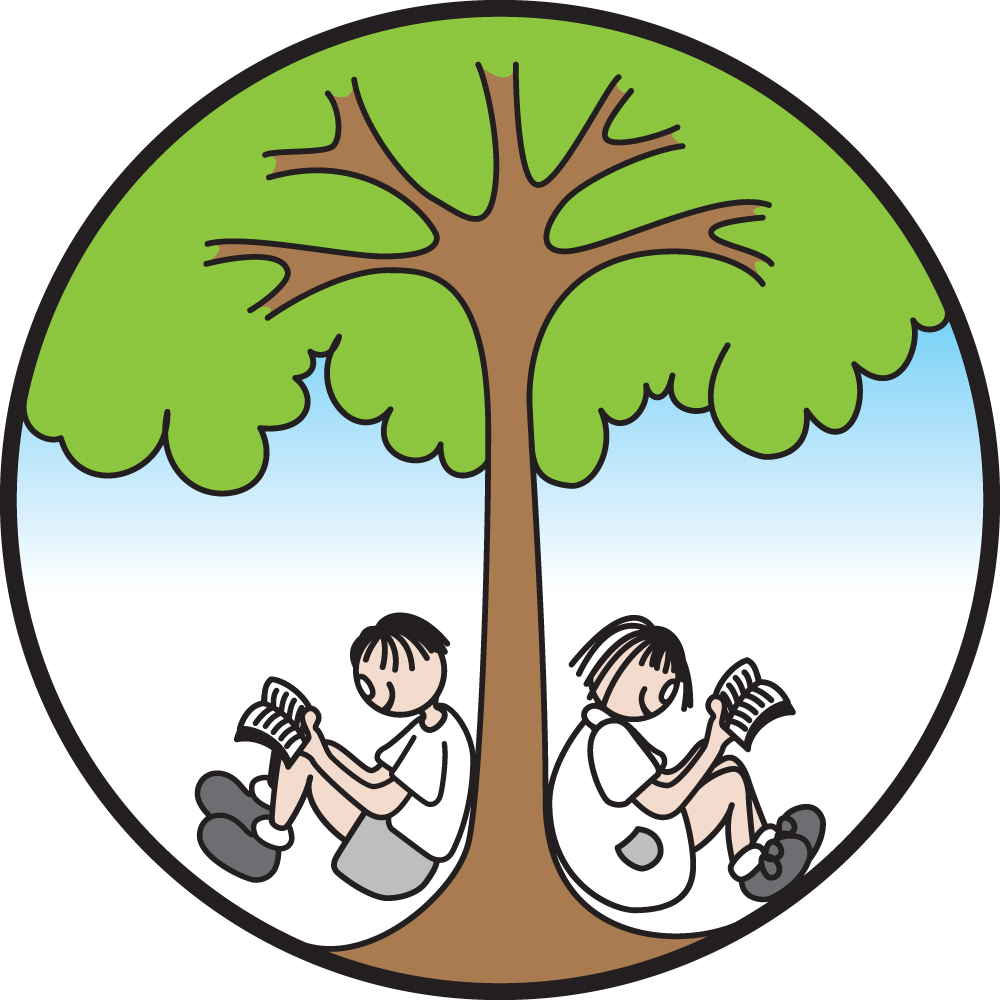Phonics
Phonics are a way of decoding written letters and spoken sounds. The phonics approach teaches children to decode words by sounds, rather than recognising whole words. This approach to learning to read is recommended as the first strategy that children should be taught in helping them to read and spell.
At The Southwater Infant Academy, we use a structured phonics programme called Song of Sounds published by Collins. Children begin to learn about phonics from their first weeks in Reception and progress through the programme throughout Key Stage One. The rigorous teaching of systematic synthetic phonics is at the core of Song of Sounds. In Reception, children learn and master the 42 basic sounds (Stage 1) and then go on to learn 27 addition complex and alternative spellings in Year 1 (Stage 2). In Year 2, children go on to learn alternative spellings for known phonemes to read and spell increasingly complex words using Stage 3.
Children have access to a wide range of books in school, including phonetic reading books. These books follow the Song of Sounds progression, and are matched to children's phonic ability. They allow children the opportunity to apply their phonics learning to their reading. We mostly use Big Cat phonics books, but also supplement this with books from other publishers to offer a wider range of texts for children. As children move into Year 2 and become secure in using phonics to decode for reading, they have increasing access to a wider range of books, including real world texts.
Aims of Phonics Teaching
Although our phonics teaching is rigorous and fast paced, we believe there is no reason why phonics should be dull and repetitive. The Song of Sounds programme has a song as it’s core ingredient which children love to sing alongside learning all the accompanying actions. Our approach is multi-sensory and is packed alongside fun, interactive games and activities where children are encouraged to apply their new skills and embed their learning.
Our aims for the teaching of phonics are as follows:
- Teach grapheme-phoneme correspondences (GPCs) at a quick pace (around one a day).
- Immediately teach how to blend sounds into complete words for reading, e.g. the phonemes /c/ /a/ /t/ blend together to make the word “cat”.
- Immediately teach how to segment words into their individual phonemes for writing, e.g. the word “bus” segments into the phonemes /b/ /u/ /s/.
- Teach key irregular words (tricky words), noting which parts of the word can be blended phonetically and which are irregular, e.g. “I”, “me” and “we”.
- Use decodable texts to ensure that children apply phonics knowledge to read at an age appropriate level.
- Apply phonics skills to writing activities across the curriculum.
National Phonics Check Results
In Year 1 children are assessed on their ability to blend phonemes together to read a selection of real and non-real words. This enables us to identify children who are making progress in their acquisition of phonics skills. Children who do not pass the test in Year 1 are provided with additional support and are given the opportunity to retake the test in Year 2.
